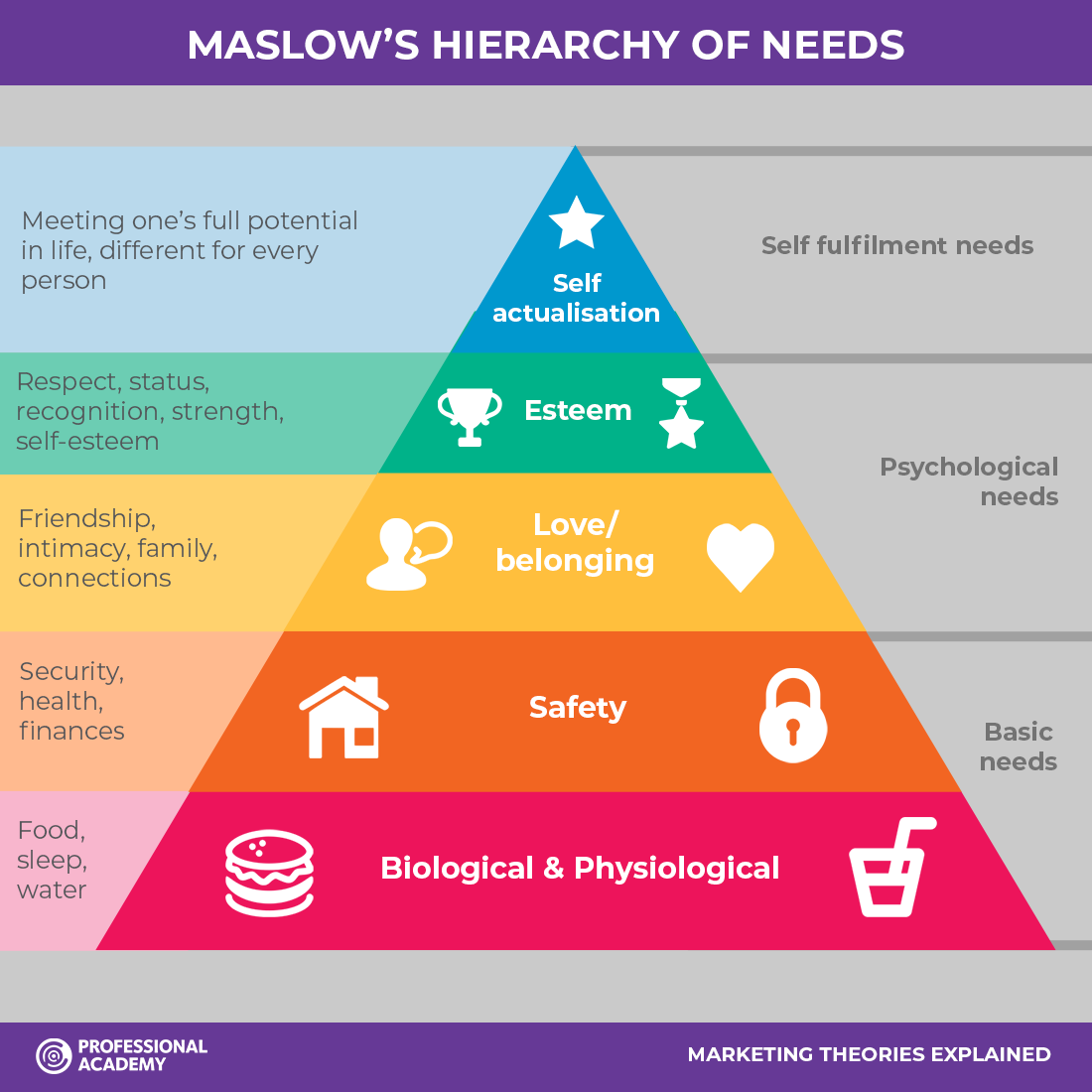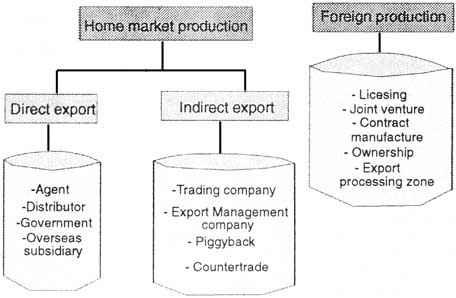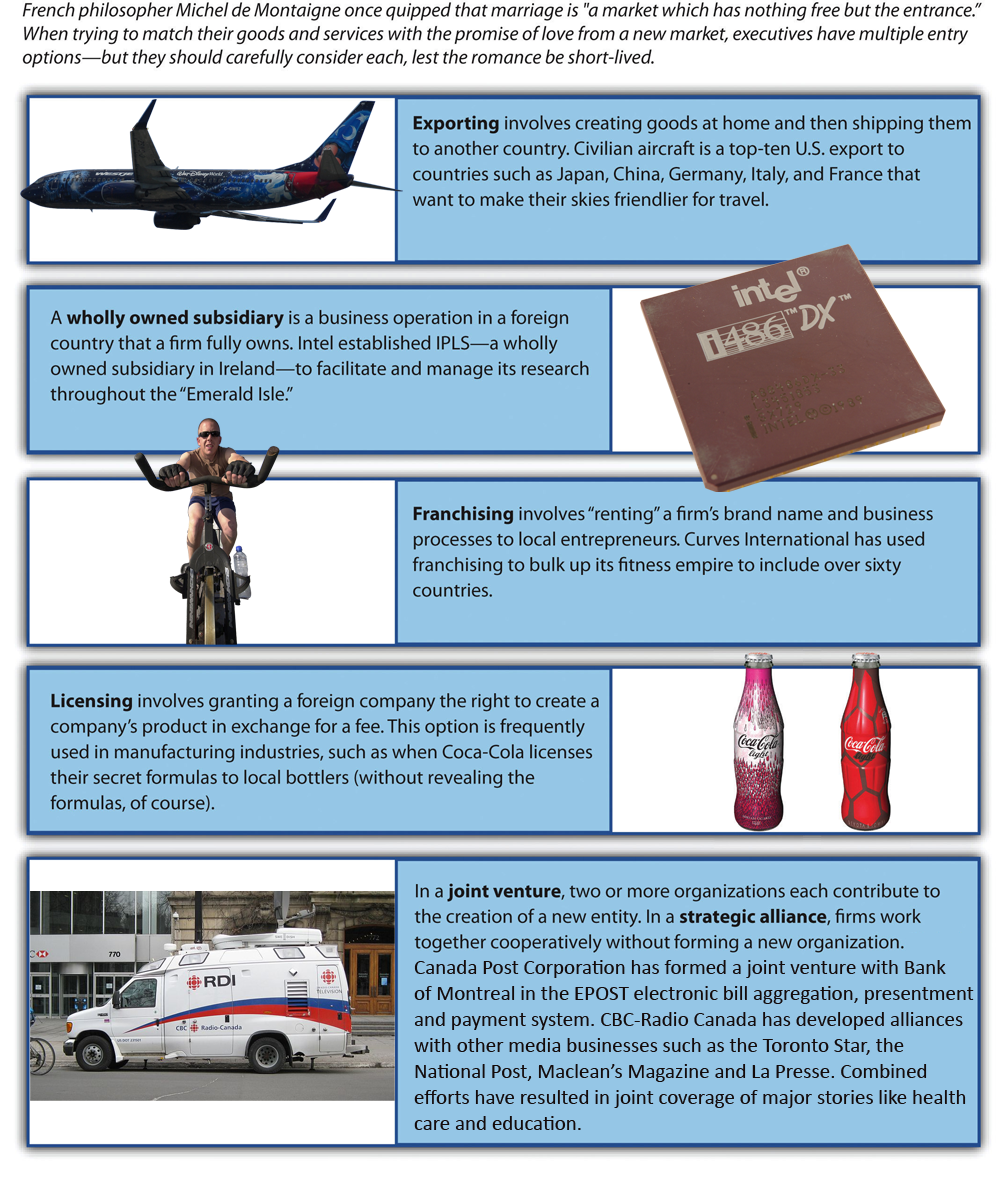Summary
Bershka was established in 1998 in Spain and focuses on fashion and designs of clothing manufacturing. The company started its operations in 2000 when it recorded an increased demand for its fashion products from Spanish citizens (About us, 2022). Up to now, the firm has opened thousands of its stores in more than 70 countries globally. In addition, it reports more than 9% of its annual revenues from its various distribution channels across the countries it diversified its operations (About us, 2022). It states that Bershka is an actively growing retail company that needs to search for expansion opportunities.
The business uses optimizing modes to promote flexibility in the fashion industry by inventing the latest trends. The firm’s creative team enables it to inspire trends consciously and targets the young generation in its countries of operation for the available fashions in the market (Sharma et al., 2022). Due to its keen focus on the youth, Bershka aims to introduce its products in the Canadian market since there are over nine million youths between the ages of 15 and 34 (Moose, 2022). The high youth population in Canada, about a quarter of the total population, is the best-fit customer base for the company when it desires to diversify in the global market.
Besides, Canada is well familiar, being a country with the largest apparel market; therefore, internationalizing the products and services of Bershka company is the most logical idea for its growth (Smith, 2022). One of Bershka’s significant strategic plans is waste reduction by increasing organic fiber usage (Yuan et al., 2022). Hence, the Canadian culture, which promotes the use of fiber due to their individualism, is the favorite market for the business to expand its services into this market.
The Canadian government encourages youths to be self-reliant, and this culture, therefore, embraces innovative ideas that can make the best market for Bershka products. The current Canadian demand has increased the usage of second-hand clothing, which is bought two times faster than in previous generations. Hence, the purchasing power of the youth is a crucial strength in the Canadian market, and Bershka can use this opportunity in the market (Vulture, 2022). However, the key challenge faced in the new market was the sales surge during the COVID-19 period between 2020 and 2022.
Any company planning to internationalize its operations must consider all the effects of the pandemic on business operations. There are common similarities between the Spanish and Canadian markets due to the common values of the millennials (Till, 2019). Hence, Bershka may not experience challenges when introducing its products in Canada due to the same market policies and minimal barriers in the new country (María et al.,2023). Therefore, this report examines the impact of social and cultural factors in Canada on consumer behavior towards Bershka products and also evaluates the strategic implications on the marketing mix. In addition, there is the presentation of various international market entry strategy options available to Bershka as it seeks to expand to culturally different destinations.
International Customer Behaviour
Cultural And Social Factors on Consumer Behaviour
Despite significant similarities in the cultural and social perspectives of both Spain and Canada, there are some notable differences in the Canadian market, which makes it unique from other global markets. These factors affect consumer behavior and contribute to the country’s constant purchasing trends in clothing (Panetta et al., 2022). For instance, in Canada, most consumers are cautious and are concerned before purchasing any commodity. The regular surveys indicate that most consumers in Canada are more pessimistic than consumers from other countries.
Canadian consumers are less likely to increase their spending patterns on new products in the market. This aspect is vital when the company evaluates the opportunities for investing in them (Sadasivan et al., 2023). Secondly, Canadian consumers are usually driven by the loyalty programs offered by the sales firm and the quality of its products. Hence, before introducing new products to this market, the business should consider the brand loyalty of their services and products and how reliable they will be to the consumers (Wood, 2022). Therefore, consumers will spend a lot on the products they usually find on the market. This culture should be considered before a firm introduces its products and services to this new market (Kim et al., 2022). Lastly, consumers from Canada care little about the sustainability of the products and services; hence, new businesses are likely to sell in this market.
In Canada, the customers are not concerned about the duration the products have taken in the market, which allows free entry into such a market. Therefore, the promotion of eco-efficient products by Bershka is a model that can easily be aligned with the Canadian fashion industry. Canadian customers are usually concerned with brands that improve the environment and ensure sustainability in environmental conservation, which is evident from the online advertising in this country (Fatih et al., 2022). Hence, while reflecting the new market, Bershka is likely to increase its sales growth to more than $28.5 billion in the next three years of its operations since the inception of this internationalization plan (Saint-Pierre and Gattinger, 2021). The background information justifies the need to internationalize Bershka to Canada.
Relevance Of Maslow on Buying and Distribution Process
According to Maslow, a business must consider the hierarchy of human needs. One of the benefits of understanding the level of needs is to help the business plan and implement marketing ideas that are consistent with the customer’s needs. Maslow’s hierarchy of needs is presented in figure 1. When planning to sell in a new market, the company should consider the wants and needs of its target market. In addition, when designing the prices of the products and services and the distribution process, Bershka should consider the needs of Canadian customers.
The company can use various criteria for categorizing its customers for easy distribution through their demographics, geographical locations, and income level. For instance, most Canadian consumers are youths based in urban and semi-urban setups, which can aid in marketing Bershka products in the new market (Theerthaana and Joe, 2022). Understanding Maslow’s hierarchy of needs helps in easy marketing since a strong relationship exists between market expansion plans and human needs. In addition, critical analysis of the customer base and their needs help the company to understand the patterns and the feasibility of the Canadian market and its impact on the products and services.
The Principles of Standardisation V Adaptation
The standardization principle uses the same product range, pricing technique, and promotional methods. Hence, the rationale behind standardization is the homogeneity of customer needs due to globalization (Hofstede, 2022). This principle focuses on a company’s brand competitive advantage and allows for developing strong brands in all markets. In contrast, the adaptation principle considerably changes various product and service aspects (Siqi et al., 2022). These changes aim to meet the consumer needs in the international market as the business considers the cultural and social differences in the new market. This principle has advantages in meeting the consumer differences of both local and foreign markets as ways of achieving levels of customer satisfaction across various markets.
The advantages of standardization enable a global firm to achieve economies of scale and attain competitive advantage in all the markets of entry. Therefore, when Bershka considers the standardization principle over adaptation, it will likely achieve high growth in revenue within short periods due to significant economies of scale and also address the unique needs of its consumers in the new market as it responds quickly to the changes in the new country of its operations.
International Market Entry Strategies
Available International Market Entry Strategies to Bershka
Bershka can use various mechanisms to enter the new market. These strategies are broadly categorized into two groups; exportation and foreign production. The methods of international market entry are shown in figures 2 and 3.
Exporting
Bershka can focus on production in Spain and export it to Canada and other markets in this strategy. This strategy has been traditionally used by most companies located in countries with trade agreements with other countries. Since both Canada and Spain are in the same regional market, it is easy for Bershka to produce in Spain and export to Canada after ensuring the foreign country’s restrictions, regulations, policies, and laws are observed.
The exportation has various advantages, including reduced risks in production since manufacturing is in the home country, allowing learning in new overseas markets. It reduces operating risks in other countries (Prateek et al., 2022). However, as Bershka exports its products, due to a lack of controls and the existence of agents, its products may likely be at risk of entering new markets when policies are changed.
Foreign Production
Apart from exporting its products, Bershka can produce in new markets and apply strategies such as licensing, contracting, joint venturing, EPZ, and ownership to enter new markets. Through licensing, firms agree to permit another company from another country to use its manufacturing and trademark and provide skills for the new market operations (Prateek, Adil, and Kulvinder, 2022). Hence, Bershka can license its activities to other firms in Canada to ensure that the clothing and fashion designs are purchased in the new market.
Besides, the discussed company can use a joint venture, where two or more businesses share ownership and control over their rights and performance. Various firms in the international market have used the joint venture, and Bershka can apply this strategy to ensure that a new market is reached. The third strategy this firm can implement is ownership, which involves committing capital and management effort in the new market and ensuring that the firm owns a 100% stake in the new country of its operations (Secinaro et al., 2022). Ownership is vital since it allows a company to operate entirely with its rights and patents without partnering or sharing the market with its competitors and other companies.
External Environmental Analysis of New Market
The Canadian market has an established political system that favors business operations. Therefore, the political decisions made in Canada usually promote a stable environment for companies to thrive in their businesses since there is a long-term guarantee in the political economy (Lázaro and Ignacio, 2022). In addition, the young liberal governance in Spain is coherent with Canadian ideologies, which quickly enhances the marketing of fashion designs and clothing products by Bershka.
Secondly, Canada has a diverse population and accepts the diversity of cultures and ethnicities. It has a limited skilled workforce, which negatively impacts its economic growth. The culture in Canada is well known for its promotion of second-hand shopping as the way to be helpful in the community, which is favorable to Bershka since it produces clothing and other apparel (Cornelissen, 2021). The following advantage in the Canadian market is the connectivity of the internet to almost all the population.
The consistent use of technology has enabled the rise of e-commerce, and Bershka, a company investing actively in technological advancement, has ensured that it sells its products online. Therefore, the availability of technology in Canada guarantees that the market is favorable to Bershka in its long-term production plans (Justin et al., 2023). Lastly, employees in Canada are protected by laws such as the Canadian Human Rights act (CHRA), which bans discrimination against workers (Canadian Human Rights Commission, 2022). Hence, the labor conditions in Canada improve the success of companies that invest in such markets.
International Marketing Mix for Canada
Considerations Regarding Branding, Communication, Pricing, and Distribution Strategy
Currently, Bershka has over 1006 stores across 71 countries globally. Some of its stores are located in England, and about five are based in London (Bershka, 2022). Therefore, when the company considers internationalizing its products, it should focus on online branding and sales through social media platforms (Prasad and Kumar, 2022). In addition, the company needs to identify densely populated towns in Canada. Besides, the company needs to diversify its products to include more accessories, beauty, and other wear to attract more customers. These products should be based on the trends and quality in the market.
The Canadian market has a mixture of consumers with diverse needs and wants. It is, therefore, essential to consider their needs when designing products for sale. The products should also be affordable and competitive in the growing industry, and the company’s target customers are middle- and average-income earners (Ajay, 2019). In conclusion, the standardization of products should assist Bershka in producing goods that match the customers’ needs and wants in the Canadian market to ensure that the company improves its output in the continuing years of operations.
Reference List
Ajay, K. M. (2019) ‘New perspectives in international consumer behavior research’, Journal of Global Marketing, 32, pp. 217-218. Web.
Prasad, A. and Kumar, R. S. (2022) ‘Challenges and opportunities of brand corporate social responsibility classification: A review, new conceptualization and future research agenda’, International Journal of Consumer Studies, 46(6), pp. 2071-2103. Web.
About us (2023) Bershka. Web.
Bhawana, B. and Dipanker S. (2022) ‘Migration of skilled professionals across the border: Brain drains or brain gain?’, European Management Journal, 69.
Canadian Human Rights Commission. (2022). Canadian human rights. Web.
Cornelissen, L. (2021) ‘Religiosity in Canada and its evolution from 1985 to 2019’, Journal of International Marketing. Web.
Fatih, Ç., Mehmet S. Ç., and Mehmet A. K. (2022) ‘Ad avoidance in the digital context: A systematic literature review and research agenda’, International Journal of Consumer Studies, 34. Web.
Hofstede, G. (2022) ‘The 6-D model of national culture’, Geert Hofstede. Web.
Panetta, I. C, Leo, S., and Foglie, A. D. (2022) ‘The development of digital payments – past, present, and future – from the literature’, Journal of International Business and Finance, 8, pp. 101-855. Web.
Justin P., Ibrahim A., Nasser B., and Prakash S. (2023) ‘Digital entrepreneurship research: A systematic review.’ Journal of Business Research,156, pp. 113-507. Web.
Sharma, K., Aswal, C., and Paul, J. (2022) ‘Factors affecting green purchase behavior: A systematic literature review’, Journal of Business Strategy and the Environment, 30(3), pp. 378-400. Web.
Lázaro F., and Ignacio A. F. (2022) ‘Fusing international business and marketing: A bibliometric study.’ Administrative Sciences, 12(4), pp. 159.
María M. F., Nisreen A., Masaaki K., Justin P., and Mario S., (2023) ‘Is digital transformation threatened?’ A systematic literature review of the factors influencing firms’ digital transformation and internationalization’, Journal of Business Research, 157, pp. 113-546.
Moose, R., (2022) ‘21 Canadian fashion industry statistics for 2022’, Review Moose. Web.
Kim, J. K., LePine, J. A., Zhang, Z., and Baer, M. D. (2022) ‘Sticking out versus fitting in: A social context perspective of ingratiation and its effect on social exchange quality with supervisors and teammates’, Journal of Applied Psychology, 107(1), pp. 95–108. Web.
Prateek K., Adil Z., and Kulvinder K. (2022) ‘Social influence in online retail: A review and research agenda’, Journal of European Management Journal, 52(2), pp. 26-29. Web.
Prateek K., Dušan M., and Ángel A. (2022) ‘Decoding the trends and the emerging research directions of digital tourism in the last three decades: A bibliometric analysis’, SAGE Open, 12(4), pp. 215-824. Web.
Saint-Pierre, D., and Gattinger, M. (2021) Cultural policy: Origins, evolution, and implementation in Canada’s provinces and territories. University of Ottawa Press.
Sadasivan, P. S., Sreejesh, S, and Justin, P. (2023) ‘Key account management in B2B marketing: A systematic literature review and research agenda’, Journal of Business Research,156, pp. 113-541. Web.
Secinaro, S., Calandra, D., Lanzalonga, F., and Ferraris, A. (2022) ‘Electric vehicles’ consumer behaviours: Mapping the field and providing a research agenda’, Journal of Business Research 150, pp. 399-416. Web.
Wang, S., Cheah, J. H, and Lim, X. L. (2022) ‘Online shopping cart abandonment: A review and research agenda’, International Journal of Consumer Studies, 1. Web.
Smith, (2022) ‘Revenue of the apparel market worldwide from 2014 to 2027’, Statista. Web.
Theerthaana, P., C. and Joe, A. (2022) ‘Bias‐driven marketing that instigates pledging to a crowdfunding campaign: An experimental consideration of behavioural anomalies’, International Journal of Consumer Studies, 46(6), pp. 2404-2428. Web.
Vulture, C., (2022) ‘The Canadian communication style,’ Commission Global. Web.
Wood, G., (2022) ‘Corruption in Canada worst in a decade finds international watchdog’, Journal of Economy, Law & Politics. Web.
Yuan V., Yan J., Weimu Y., and Helen H. C. (2022) ‘International intermediaries: A systematic literature review and research agenda’, European Management Journal, 36.
Till, C. (2019) ‘Creating ‘automatic subjects’: Corporate wellness and self-tracking’, Health, 23(4), pp. 418–435. Web.
Appendices


